
Join 10k+ people to get notified about new posts, news and tips.
Do not worry we don't spam!
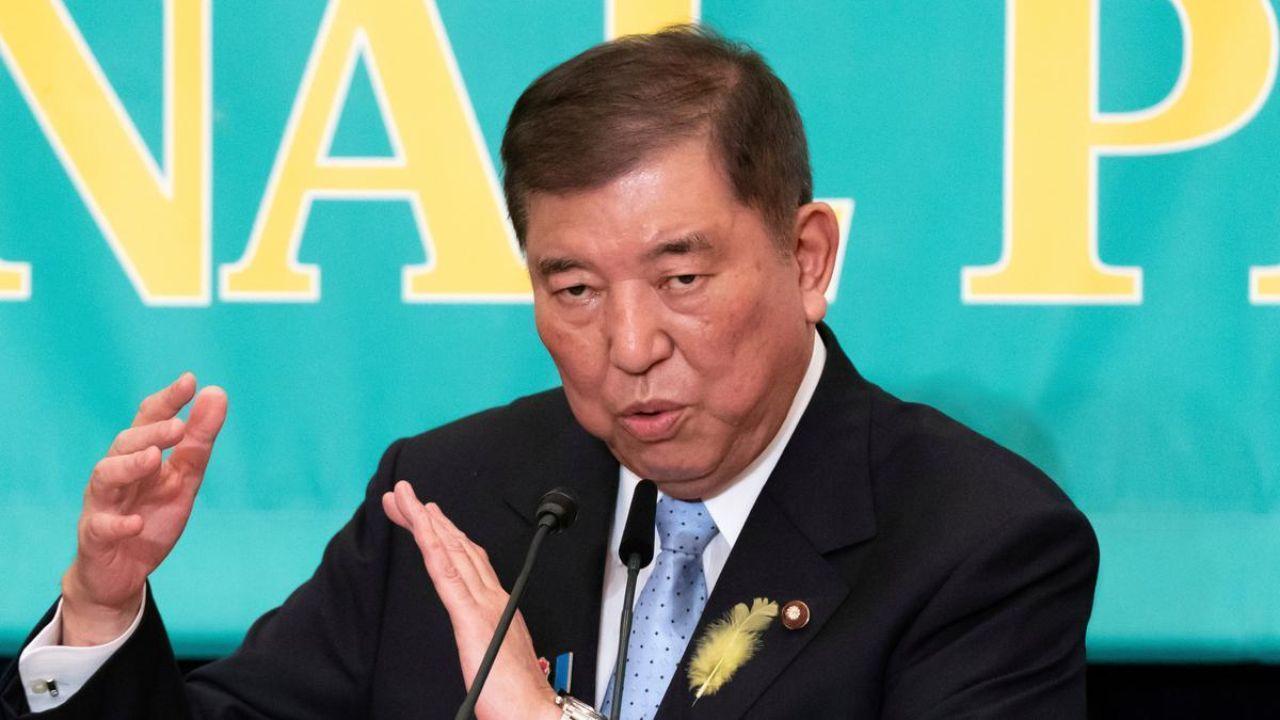
Post by : Minna
Photo: AP
Japan’s Prime Minister Shigeru Ishiba is facing one of the most difficult moments of his political career. This Sunday, July 20, 2025, people in Japan will vote to choose members for the upper house of parliament. Many believe the results of this election will decide Mr. Ishiba’s future as Prime Minister and also show where the country is heading during these challenging times.
Struggles with Public Support
Mr. Ishiba became Prime Minister with high hopes, but now he is struggling to gain back the trust of Japanese voters. In October last year, his party, the ruling Liberal Democratic Party (LDP), lost badly in the lower house elections. People were unhappy due to many reasons – past corruption scandals, rising prices of daily items, and the feeling that their incomes were not increasing.
After that loss, Mr. Ishiba’s government became a minority government. This means his party does not have enough seats alone to pass laws easily in parliament. They had to seek help from other parties to pass any bill. This situation has made it difficult for him to quickly solve problems like rising prices and to increase wages for people.
Rising Prices and The Rice Crisis
One of the biggest problems people are facing now is the rising price of rice. Rice is the most important food in Japan, and its price has doubled in just one year. There are many reasons for this: shortage of supply, complicated distribution systems, and issues within Japan’s farming sector. People have started panic buying rice because they are afraid it will become even more expensive or unavailable.
The problem became so big that Japan’s farm minister had to resign. His replacement, Shinjiro Koizumi, who is the son of a famous former Prime Minister, Junichiro Koizumi, quickly ordered the emergency release of stored rice from government reserves. This helped to refill grocery store shelves before the election. Many people now see Mr. Koizumi as a possible future Prime Minister if Mr. Ishiba fails.
Pressure from US Tariffs
As if the domestic problems were not enough, Prime Minister Ishiba is also under pressure from US President Donald Trump. President Trump has been unhappy with Japan because he thinks Japan is not buying enough American cars and rice. Even though Japan is facing a shortage of rice, it is not buying from the US as much as Mr. Trump wants.
President Trump has now said that a 25% tariff will start from August 1. This means Japanese companies will have to pay extra money to buy American products. This is bad news for Mr. Ishiba’s government because it will increase prices further, and people will be even more upset.
Upcoming Election and Political Uncertainty
On Sunday, voters will elect half of the 248 seats in the upper house. Mr. Ishiba’s party, along with its smaller partner Komeito, needs to win at least 50 seats to keep a simple majority. They already hold 75 seats that are not up for election this time. But this would still be a huge drop from the 141 seats the coalition held before.
Experts say that if Mr. Ishiba fails to win a majority, people within his party might try to replace him as Prime Minister. Even if he wins a majority, his position will remain weak because his popularity among voters is very low now. Political experts believe that in both cases, his government will continue to be unstable and will need the support of opposition parties to pass any laws.
Rise of Populist and Anti-Foreign Parties
Because people are angry and frustrated, many are turning towards new populist parties. One such party is Sanseito, which has gained attention for its “Japanese First” policies. This party wants stricter rules for foreigners. They have suggested creating a special government agency to control all policies related to foreigners, stricter rules to get Japanese citizenship, and stopping welfare benefits for non-Japanese people. Their ideas also include anti-vaccine, anti-globalism views, and promoting traditional gender roles where women stay home.
Critics are saying that these parties are spreading false information to make foreigners look bad. They say these parties are blaming foreigners for problems like low wages or safety issues, when in reality, government statistics show that foreigners are only 3% of Japan’s population and also 3% of welfare benefit users.
But these parties are becoming popular because they give simple answers to complicated problems, and many frustrated voters find their messages appealing.
LDP’s Tough Stand on Foreigners
The ruling Liberal Democratic Party itself has also started talking tough on foreigners. Their slogan is “zero illegal immigrants”. They want to stop foreigners from working illegally or from not paying their social insurance or medical bills. They have formed a task force to ensure strict rules for foreigners. Another party, the Democratic Party for the People (DPP), wants to restrict foreigners from buying Japanese real estate.
Human rights activists and foreign residents in Japan are very worried about these new policies. Experts are warning that Japan needs foreign workers as its own population is getting older and smaller. They say instead of creating fear, Japan should think more carefully and strategically about its immigration policies.
Divided Opposition Parties
While the ruling party is losing popularity, the opposition parties are not fully united either. There are eight main opposition groups – including the Constitutional Democratic Party of Japan (CDPJ), the DPP, and Sanseito. They have gained support from conservative voters who are disappointed with Mr. Ishiba’s leadership. But these parties have very different ideas and are not able to come together to form a strong alternative government.
Earlier, when Mr. Ishiba’s party lost the October election badly, some people thought there might be a new coalition government with Komeito and the DPP or the Japan Innovation Party. But these parties have only cooperated on some laws, and no big alliance has been formed yet.
Future of Japan’s Policies
If the ruling coalition loses its majority on Sunday, it could lead to a new arrangement among these parties. Yoshihiko Noda, a former Prime Minister and leader of the CDPJ, said that if the ruling party loses, opposition parties will finally be able to pass policies blocked by the LDP for years. These include lowering the consumption tax, recognising same-sex marriage, and letting married couples keep separate surnames if they wish.
Japan is at a turning point. People are worried about rising prices, especially rice; their wages are not increasing, and they feel the government is not doing enough. Prime Minister Ishiba is under great pressure from both within his party and from outside, including from the US. Sunday’s election will not only decide his political future but will also show what direction Japan chooses – whether it will continue with Ishiba’s weak government, see a new leader emerge, or shift towards populist anti-foreign parties that are rising in power.
This election is more than just about seats; it is about Japan’s identity, its economy, and its place in the changing world.
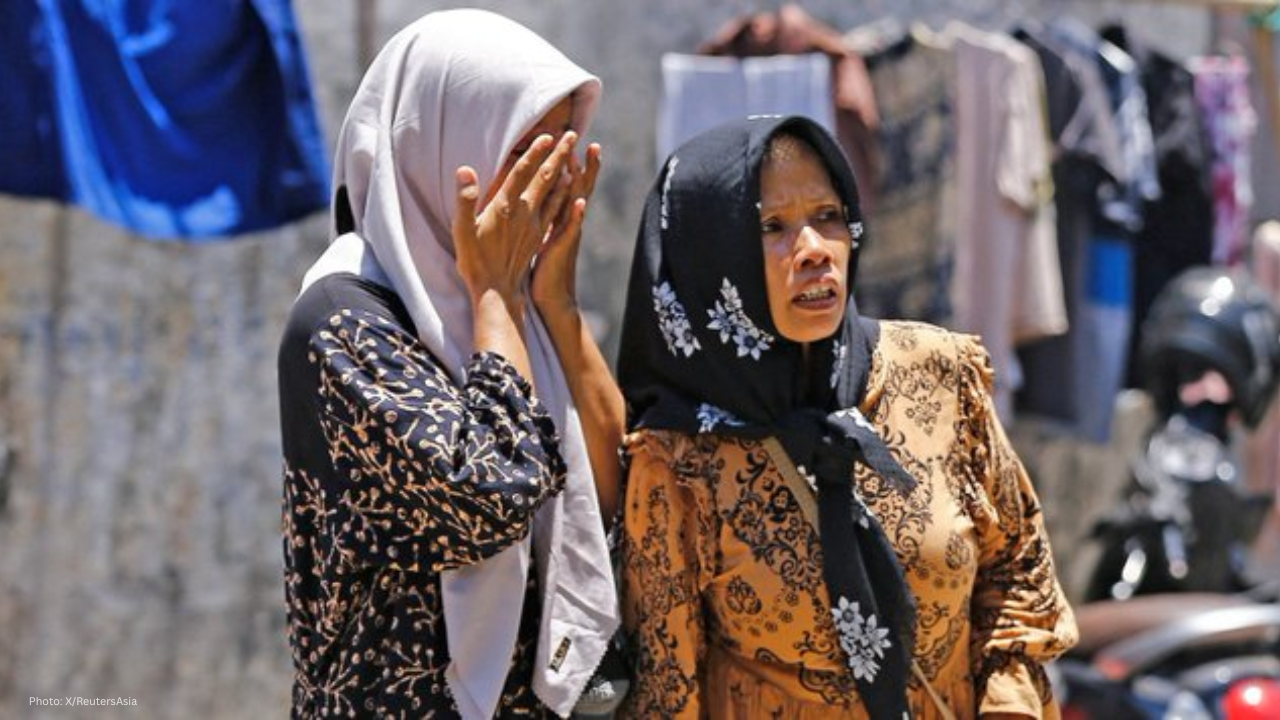
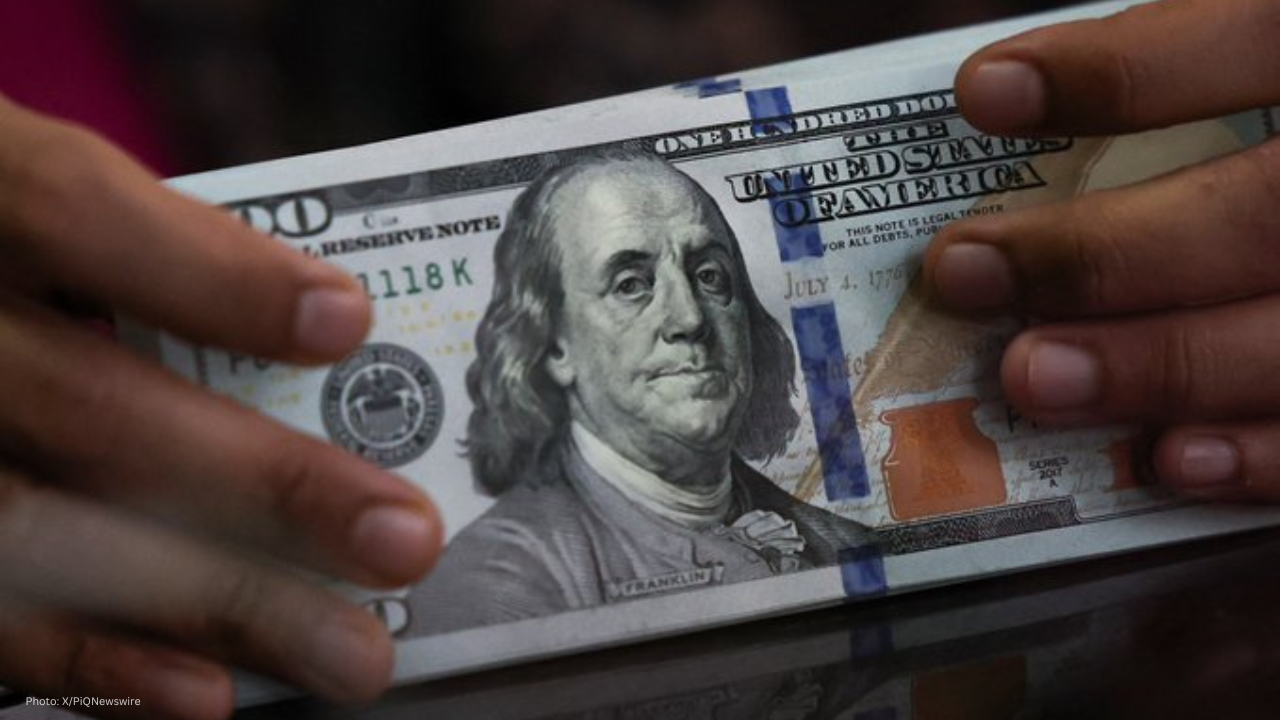

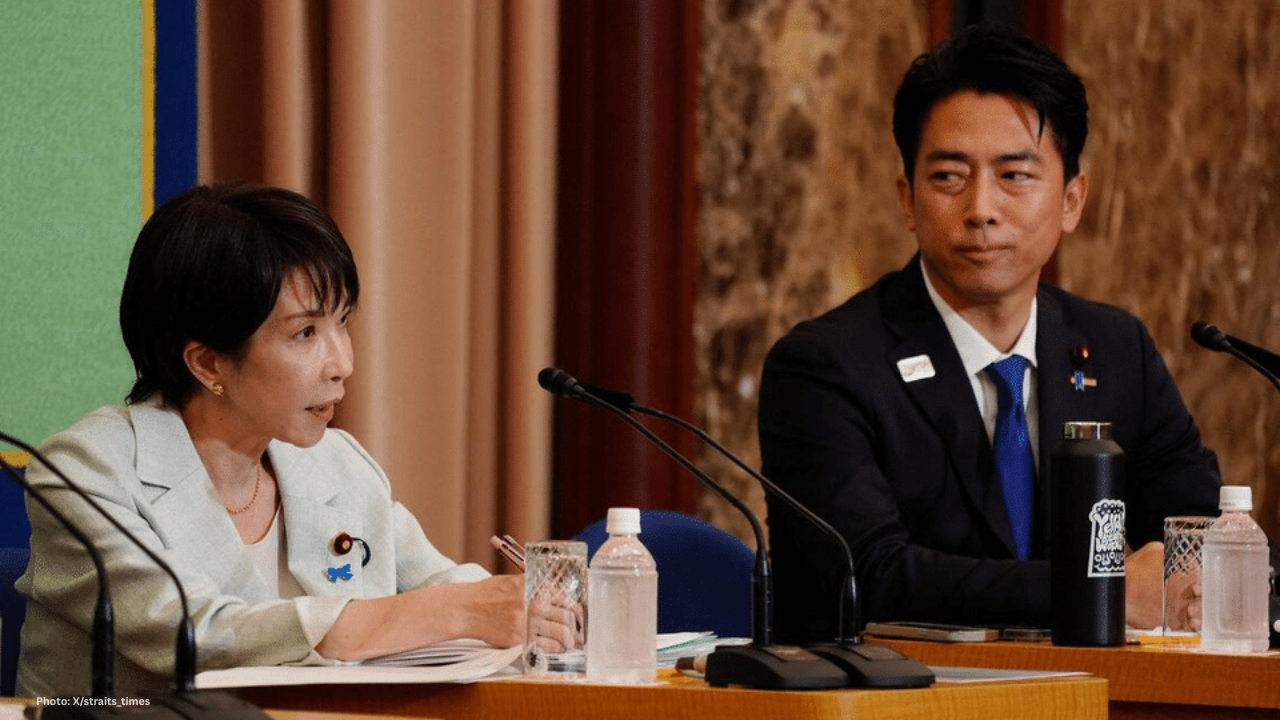
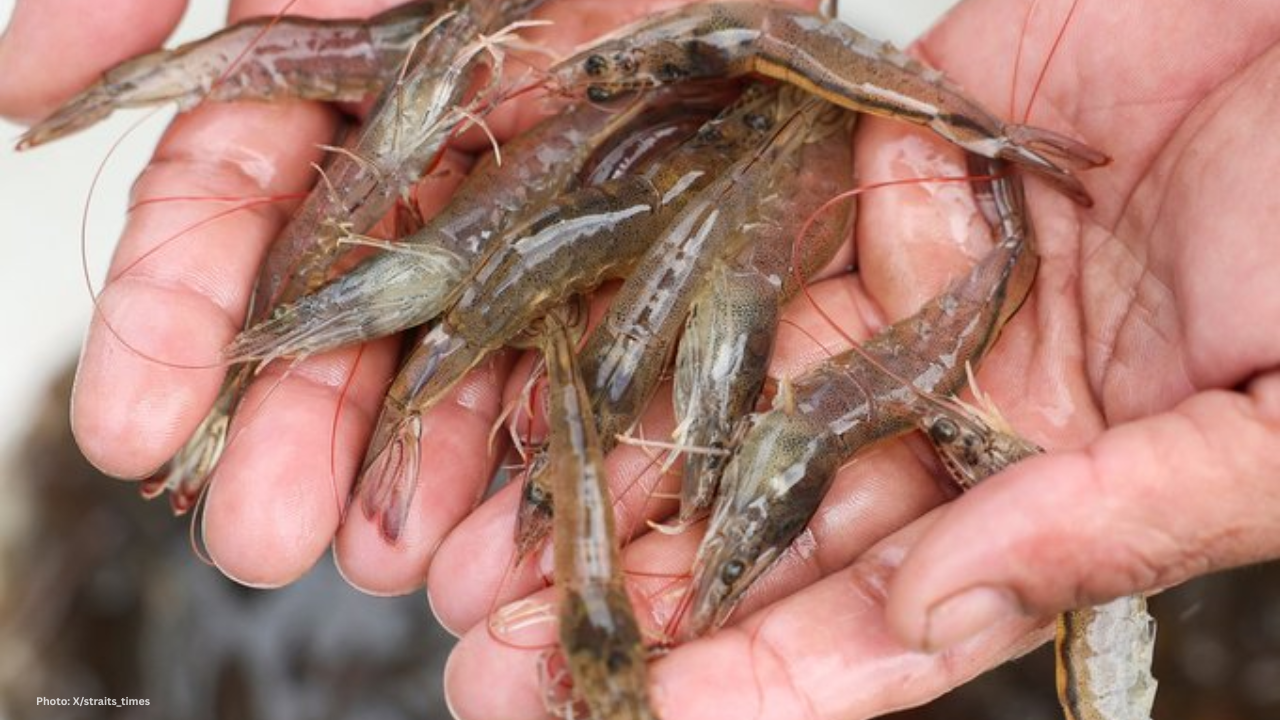

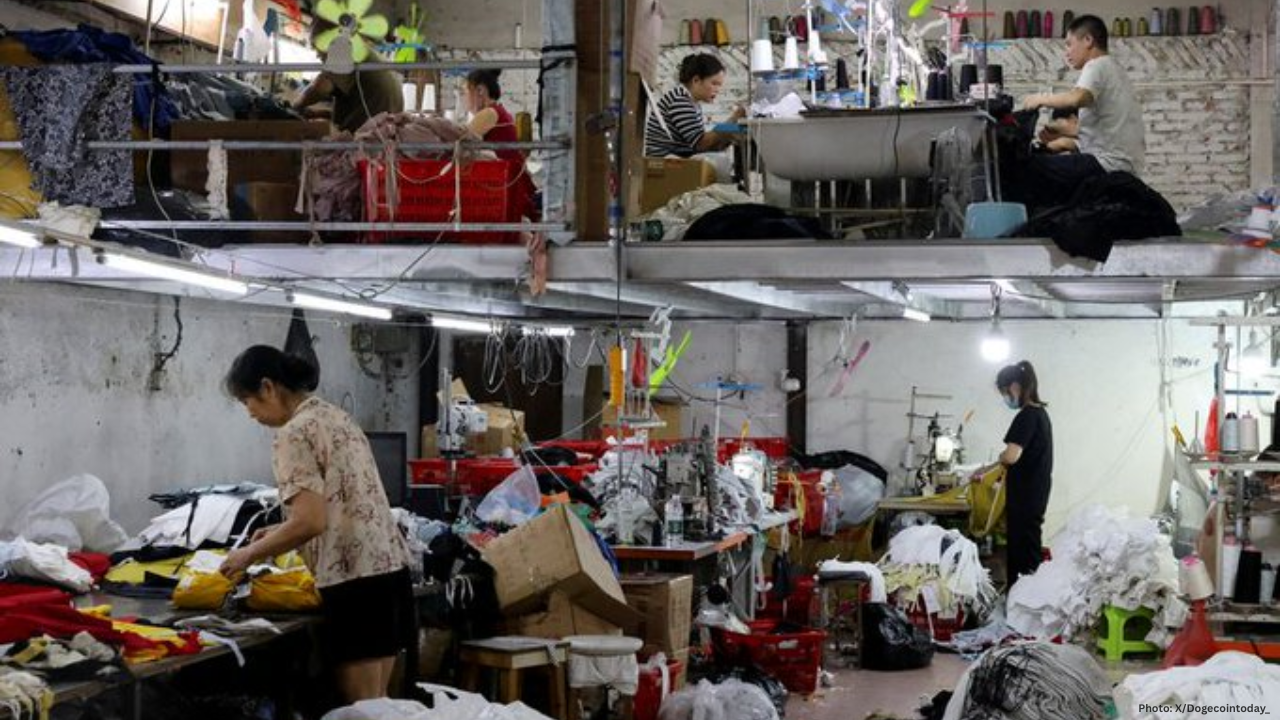

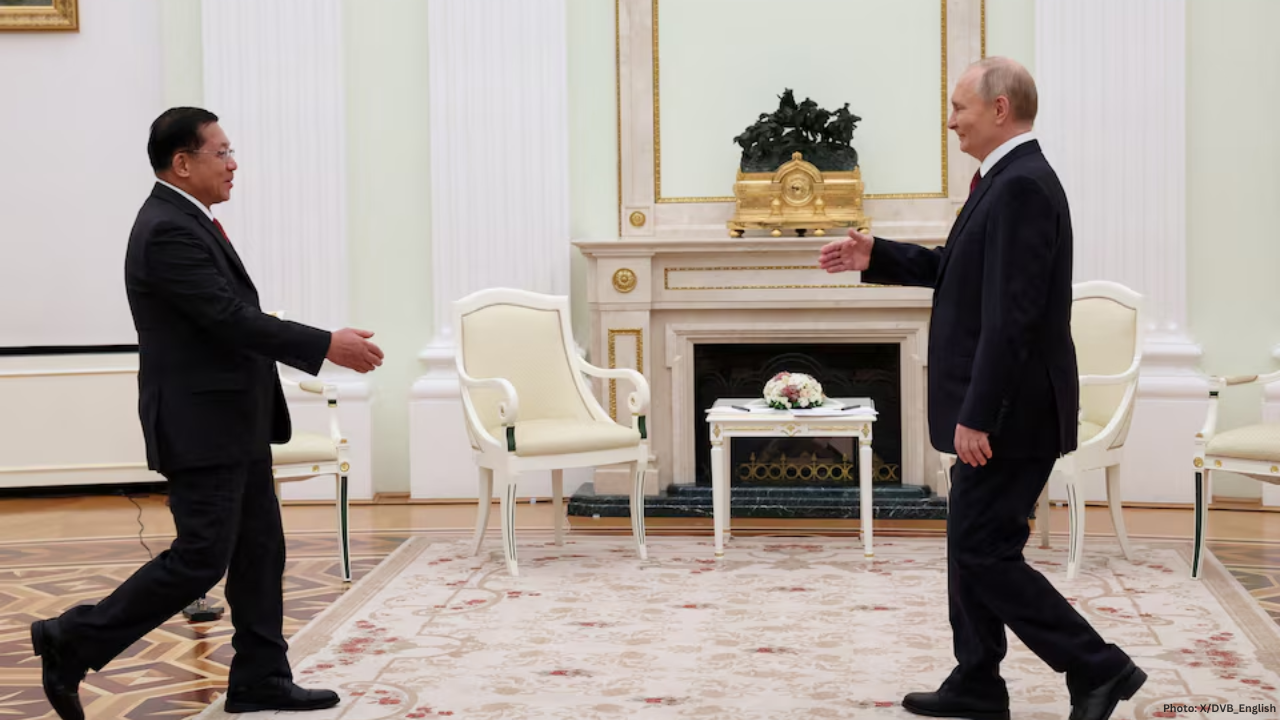

JioHotstar Launches ‘Pitch To Get Rich’ Reality Show for Fashion Startups
JioHotstar’s new show ‘Pitch To Get Rich’ features 14 fashion startups competing for Rs 40 crore fun

Kantara Chapter 1 Box Office Day 1 Rishab Shetty Film Hits ₹60 Cr
Rishab Shetty’s Kantara Chapter 1 collects ₹60 crore on Day 1, breaking records across India with hu

FIA Declares Heat Hazard for Singapore F1 Race Due to Extreme Heat
FIA applies heat hazard rule for Singapore Grand Prix as high heat and humidity challenge F1 drivers

Trapeze Artist Dies After Fall at German Circus Show
A 27-year-old trapeze artist died in Germany after falling during a circus show. The tragic accident

Dhanashree Verma Reveals Yuzvendra Chahal Cheated Early in Marriage
Dhanashree Verma opens up on her divorce from Yuzvendra Chahal, revealing he cheated within months o

Aishwarya Rai with Aaradhya Spotted in Paris Ahead of Fashion Show
Aishwarya Rai Bachchan and daughter Aaradhya spotted in Paris ahead of L'Oréal Paris Fashion Week, d